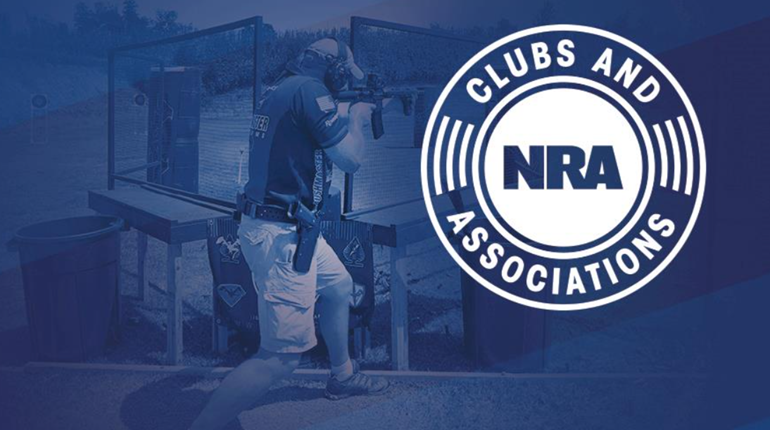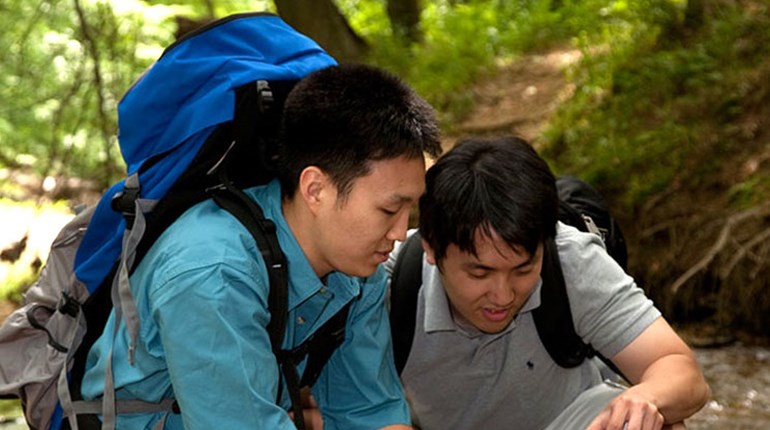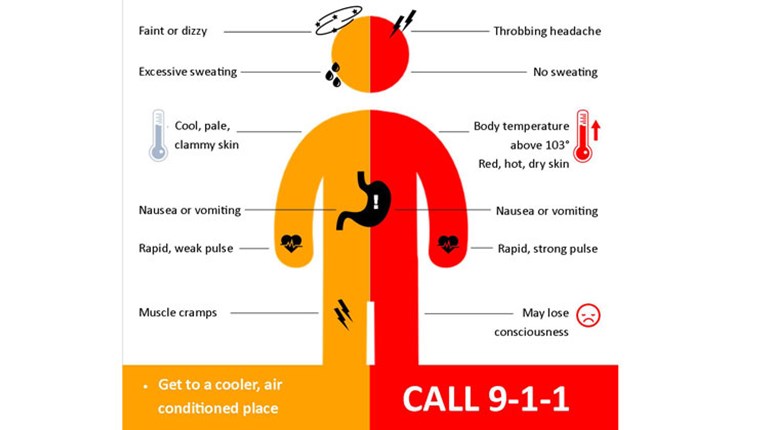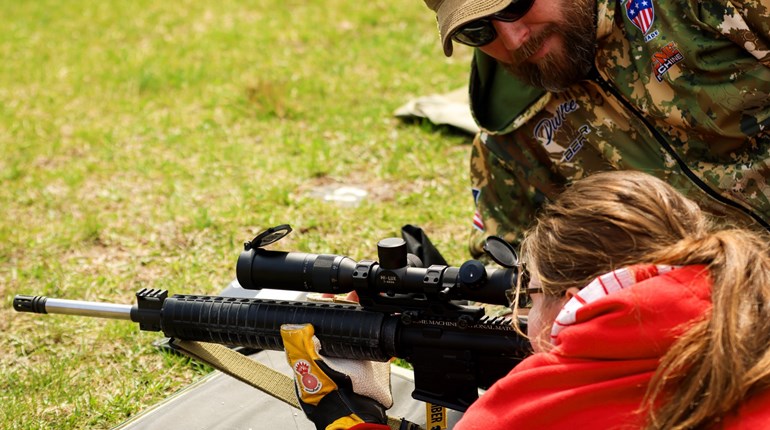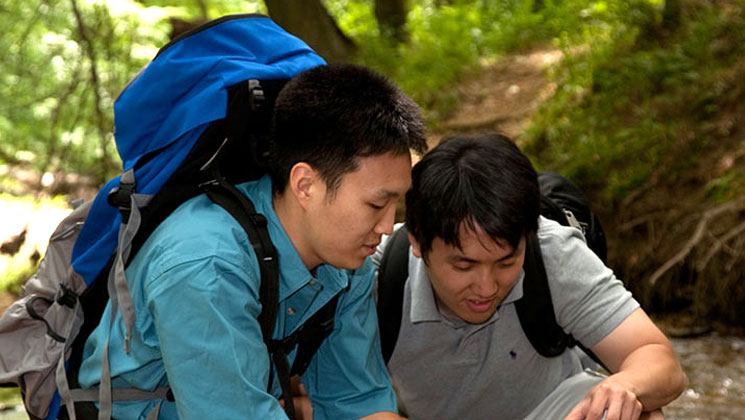
Part of what makes hiking so much fun is that you can't predict everything that's going to happen. The definition of adventure is that it doesn't follow a script. Sometimes, hikes do go rodeo ... here's what you need to know about the two scenarios that tend to scare new outdoorspeople the most.
Storms
One of the more common situations hikers run into is bad weather. A little rain is nothing to worry about, but thunderstorms-and the lightning they bring can be dangerous. As with most safety issues, awareness is your first line of defense. Keep an eye on the horizon, scanning every 20 minutes or so to see if tall, dark clouds are forming. If you see a lightning flash, count the seconds from the time you see it until you hear the thunder. If it's less than 30 seconds, you should be putting your lightning plan into action.
Many people don't know this, but lightning can jump as much as 7 miles between strikes! If you're in a high place, come down. Get into a valley or ditch. Don't try to shelter under a lone tree, because a single tall object like that will attract lightning. If you can get under a low stand of trees, that's a good shelter. But what if there's nothing like that around? Well, if you have a metal-frame backpack or hiking pole, put it down and get at least 100 feet away from it. Make yourself as small as possible while reducing the amount of you that is touching the ground. Crouch down on the balls of your feet with your head tucked down. Your hiking group should not huddle together like this--try to get 100 feet apart from one another.
Critters
A lot of people new to the outdoors tend to worry about wildlife much more than they should. Most North American critters are not interested in putting you on the menu and will avoid you if they can. Give them a chance to do this by hiking in a group and making a little noise. (Bullhorns and drumlines won't be necessary--a quiet conversation is more than enough.) If you do run into a predator like a cougar or a bear, the thing to remember is this: You aren't prey, so don't act like it.
1. Stand your ground. Running away is something that prey does, and it almost guarantees that the predator will chase.
2. Make yourself look as big as possible. Raising your arms above your head or holding a coat or jacket open at your sides increases your profile. Do not crouch down or bend over to pick something up. This makes you look like a four-legged animal.
3. Don't bother climbing a tree. Black bears and mountain lions can climb better than you can, and you don't want to turn your back on the predator if you can avoid it.
Of more concern than predators are animals infected with the rabies virus. Any mammal can contract rabies, but the most commonly affected animals are bats, raccoons, foxes and skunks. How can you tell if an animal is rabid? Look for a critter that's acting strangely. If you see a raccoon--normally a nocturnal animal--out during the daytime, that's a clue.
Wild animals that act “friendly” or do not appear to fear humans may be rabid. Rabid animals may have trouble walking or they may drool (“foam at the mouth”) uncontrollably. If you see a rabid animal, get away from it! Don't let it near you or your pets. Contact your local animal control as soon as possible and let them know what you saw and where you saw it.














